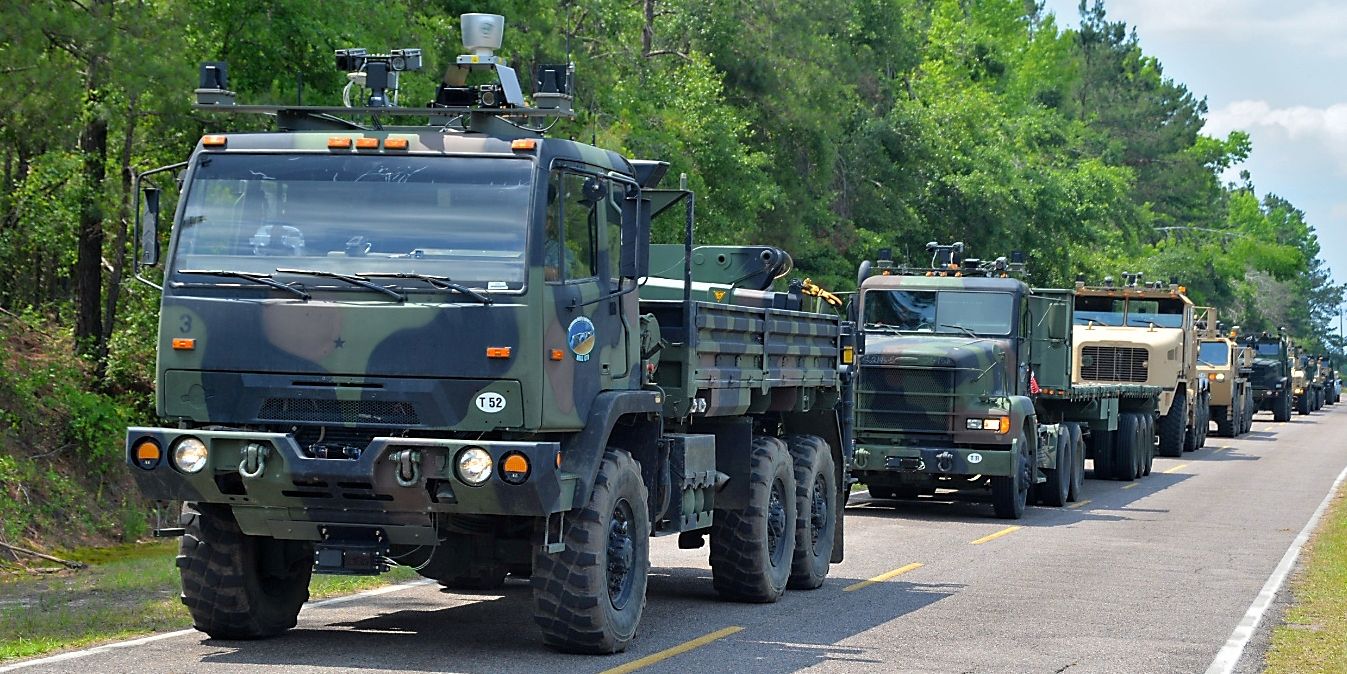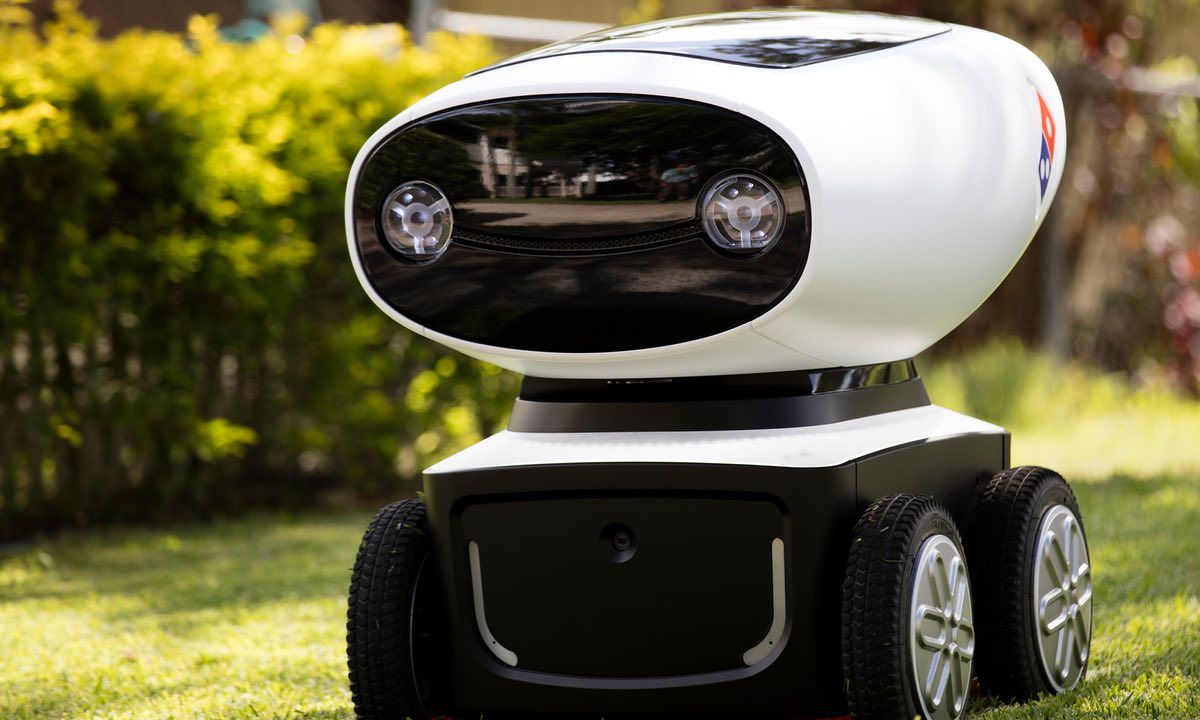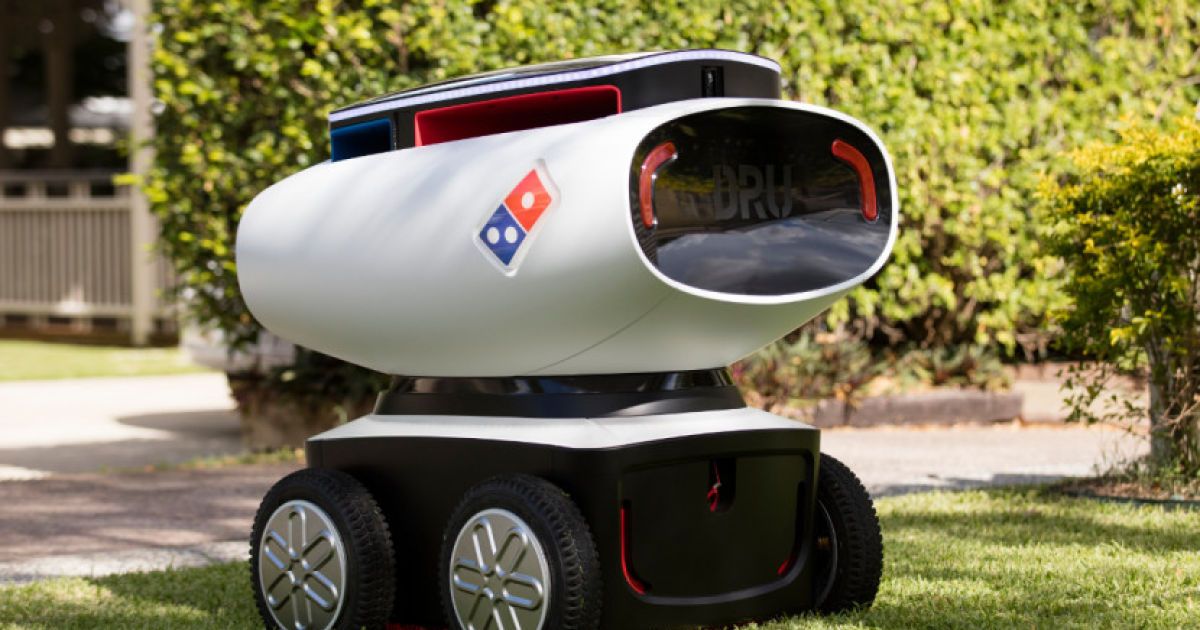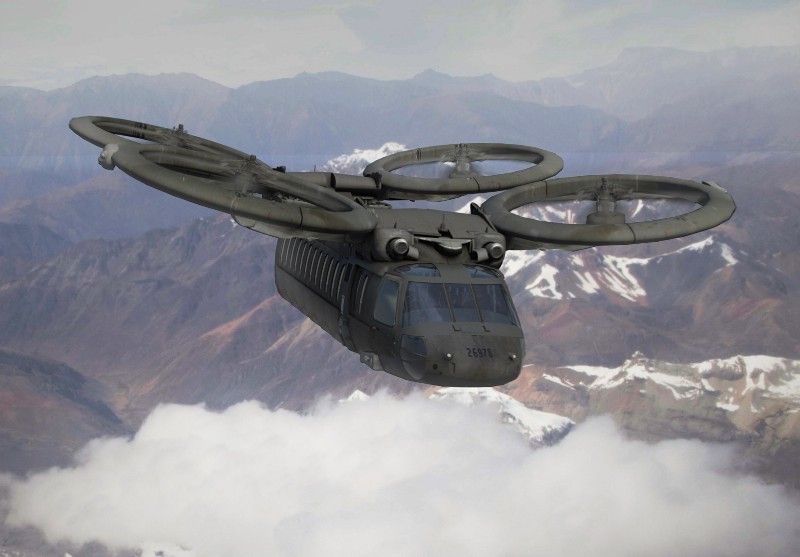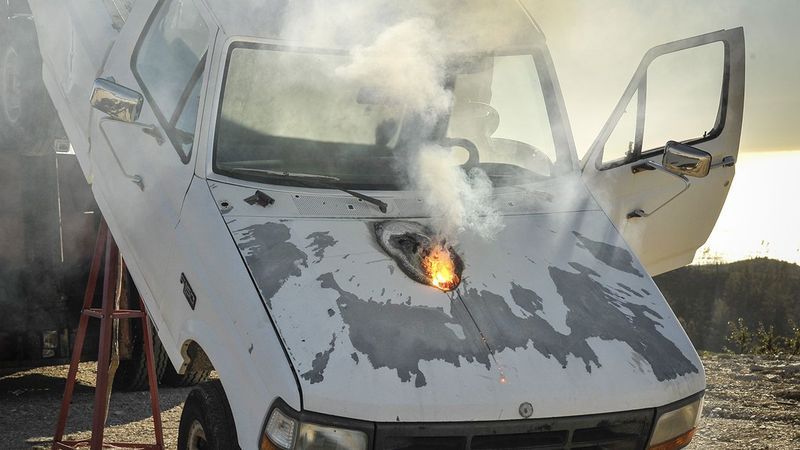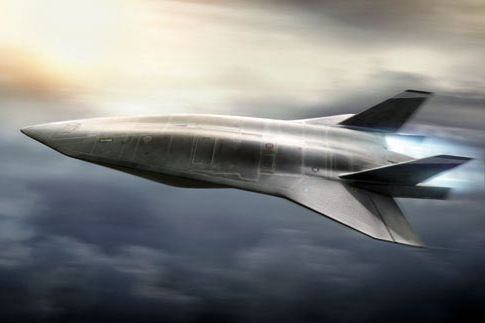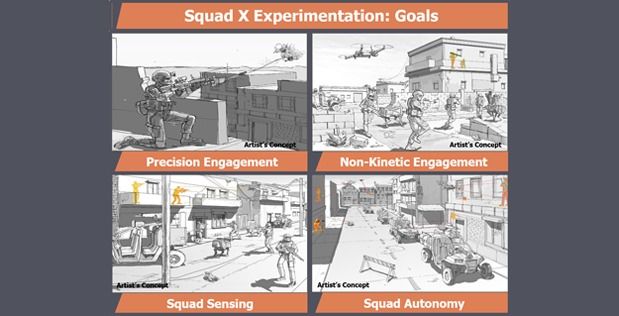Beginning in June, the Army will road-test communications technology that could lead the way to autonomous big-rig convoys.
Category: military
Who’s Afraid of Existential Risk? Or, Why It’s Time to Bring the Cold War out of the Cold
Posted in defense, disruptive technology, economics, existential risks, governance, innovation, military, philosophy, policy, robotics/AI, strategy, theory, transhumanism | Leave a Comment on Who’s Afraid of Existential Risk? Or, Why It’s Time to Bring the Cold War out of the Cold
At least in public relations terms, transhumanism is a house divided against itself. On the one hand, there are the ingenious efforts of Zoltan Istvan – in the guise of an ongoing US presidential bid — to promote an upbeat image of the movement by focusing on human life extension and other tech-based forms of empowerment that might appeal to ordinary voters. On the other hand, there is transhumanism’s image in the ‘serious’ mainstream media, which is currently dominated by Nick Bostrom’s warnings of a superintelligence-based apocalypse. The smart machines will eat not only our jobs but eat us as well, if we don’t introduce enough security measures.
Of course, as a founder of contemporary transhumanism, Bostrom does not wish to stop artificial intelligence research, and he ultimately believes that we can prevent worst case scenarios if we act now. Thus, we see a growing trade in the management of ‘existential risks’, which focusses on how we might prevent if not predict any such tech-based species-annihilating prospects. Nevertheless, this turn of events has made some observers reasonably wonder whether indeed it might not be better simply to put a halt to artificial intelligence research altogether. As a result, the precautionary principle, previously invoked in the context of environmental and health policy, has been given a new lease on life as generalized world-view.
The idea of ‘existential risk’ capitalizes on the prospect of a very unlikely event that, were it to pass, would be extremely catastrophic for the human condition. Thus, the high value of the outcome psychologically counterbalances its low probability. It’s a bit like Pascal’s wager, whereby the potentially negative consequences of you not believing in God – to wit, eternal damnation — rationally compels you to believe in God, despite your instinctive doubts about the deity’s existence.
However, this line of reasoning underestimates both the weakness and the strength of human intelligence. On the one hand, we’re not so powerful as to create a ‘weapon of mass destruction’, however defined, that could annihilate all of humanity; on the other, we’re not so weak as to be unable to recover from whatever errors of design or judgement that might be committed in the normal advance of science and technology in the human life-world. I make this point not to counsel complacency but to question whether ‘existential risk’ is really the high concept that it is cracked up to be. I don’t believe it is.
In fact, we would do better to revisit the signature Cold War way of thinking about these matters, which the RAND Corporation strategist Herman Kahn dubbed ‘thinking the unthinkable’. What he had in mind was the aftermath of a thermonuclear war in which, say, 25–50% of the world’s population is wiped out over a relatively short period of time. How do we rebuild humanity under those circumstances? This is not so different from ‘the worst case scenarios’ proposed nowadays, even under conditions of severe global warming. Kahn’s point was that we need now to come up with the relevant new technologies that would be necessary the day after Doomsday. Moreover, such a strategy was likely to be politically more tractable than trying actively to prevent Doomsday, say, through unilateral nuclear disarmament.
And indeed, we did largely follow Kahn’s advice. And precisely because Doomsday never happened, we ended up in peacetime with the riches that we have come to associate with Silicon Valley, a major beneficiary of the US federal largesse during the Cold War. The internet was developed as a distributed communication network in case the more centralized telephone system were taken down during a nuclear attack. This sort of ‘ahead of the curve’ thinking is characteristic of military-based innovation generally. Warfare focuses minds on what’s dispensable and what’s necessary to preserve – and indeed, how to enhance that which is necessary to preserve. It is truly a context in which we can say that ‘necessity is the mother of invention’. Once again, and most importantly, we win even – and especially – if Doomsday never happens.
An interesting economic precedent for this general line of thought, which I have associated with transhumanism’s ‘proactionary principle’, is what the mid-twentieth century Harvard economic historian Alexander Gerschenkron called ‘the relative advantage of backwardness’. The basic idea is that each successive nation can industrialise more quickly by learning from its predecessors without having to follow in their footsteps. The ‘learning’ amounts to innovating more efficient means of achieving and often surpassing the predecessors’ level of development. The post-catastrophic humanity would be in a similar position to benefit from this sense of ‘backwardness’ on a global scale vis-à-vis the pre-catastrophic humanity.
Doomsday scenarios invariably invite discussions of our species’ ‘resilience’ and ‘adaptability’, but these terms are far from clear. I prefer to start with a distinction drawn in cognitive archaeology between ‘reliable’ and ‘maintainable’ artefacts. Reliable artefacts tend to be ‘overdesigned’, which is to say, they can handle all the anticipated forms of stress, but most of those never happen. Maintainable artefacts tend to be ‘underdesigned’, which means that they make it easy for the user to make replacements when disasters strike, which are assumed to be unpredictable.
In a sense, ‘resilience’ and ‘adaptability’ could be identified with either position, but the Cold War’s proactionary approach to Doomsday suggests that the latter would be preferable. In other words, we want a society that is not so dependent on the likely scenarios – including the likely negative ones — that we couldn’t cope in case a very unlikely, very negative scenario comes to pass. Recalling US Defence Secretary Donald Rumsfeld’s game-theoretic formulation, we need to address the ‘unknown unknowns’, not merely the ‘known unknowns’. Good candidates for the relevant ‘unknown unknowns’ are the interaction effects of relatively independent research and societal trends, which while benign in themselves may produce malign consequences — call them ‘emergent’, if you wish.
It is now time for social scientists to present both expert and lay subjects with such emergent scenarios and ask them to pinpoint their ‘negativity’: What would be potentially lost in the various scenarios which would be vital to sustain the ‘human condition’, however defined? The answers would provide the basis for future innovation policy – namely, to recover if not strengthen these vital features in a new guise. Even if the resulting innovations prove unnecessary in the sense that the Doomsday scenarios don’t come to pass, nevertheless they will make our normal lives better – as has been the long-term effect of the Cold War.
References
Bleed, P. (1986). ‘The optimal design of hunting weapons: Maintainability or reliability?’ American Antiquity 51: 737– 47.
Bostrom, N. (2014). Superintelligence. Oxford: Oxford University Press.
Fuller, S. and Lipinska, V. (2014). The Proactionary Imperative. London: Palgrave (pp. 35–36).
Gerschenkron, A. (1962). Economic Backwardness in Historical Perspective. Cambridge MA: Harvard University Press.
Kahn, H. (1960). On Thermonuclear War. Princeton: Princeton University Press.
The fast-food retailer built the droid with Australian startup Marathon Robotics using a robot sourced from the military and its own technology, including Domino’s GPS tracking data.
DRU, which could spell the beginning of the end of the pizza delivery boy, has a sensory system that uses lasers to move around obstacles in its path to travel unassisted to a customer’s address.
The four-wheeled robotic unit travels up to speeds of 20km/h and is designed to cruise on footpaths, trails and bike paths.
Cute, but i think mainly a publicity stunt. You couldnt trust that thing to be by itself unless it was a really safe small town or nice suburb.
For a pizza chain, Domino’s actually has a pretty rich history of innovation. It’s embraced social media, created a one-click Easy Order button and even built a delivery car that has its own pizza oven. Now it’s looking at robots. More specifically: delivery robots. What you see here is DRU (Domino’s Robotic Unit), an autonomous delivery vehicle built in collaboration with Australian technology startup Marathon Targets that Domino’s says is the first of its kind. It’s filled with thousands of dollars worth of military robotics tech, but its covert mission has been to deliver fresh pizza to the residents of Queensland.
DRU is still in the prototype stage, but that doesn’t mean that it hasn’t been busy. Domino’s worked with the Queensland Department of Transport and Main Roads to ensure it met all the requirements to be set loose on the streets. It uses LIDAR, the same technology utilized by self-driving cars, to identify the surrounding environment and has built-in GPS tracking technology that syncs with Google Maps. It’s actually very similar to Starship Technologies’ eponymous delivery robots, which will soon hit the streets of London.
By David McNally, ARL Public Affairs.
ABERDEEN PROVING GROUND, Md. (March 17, 2016) — The U.S. Army is moving ahead with research on potential new component-level technologies for future rotorcraft.
A team from the U.S. Army Research Laboratory completed the first-ever live-fire test of a rotor blade with individual blade control technology in mid-January.
This is interesting; especially for us who have been engaged in the Cyber Security Warfare for a while. In the 90’s, the top hackers at the time got much of their training out of a known network ring of hackers in Denmark. In fact, they had an underground monthly magazine I believe it was called “Hacker 77” or something like that. Anyway, now Demark is setting up an academy to teach others to combat hackers.
The Danish security and intelligence service PET has announced plans to recruit talented IT nerds interested in helping the Danish state with its cyber espionage against foreign powers like terrorist organisations.
The agency has today launched a marketing campaign for what the media is calling a “hackers’ academy” with the slogan: “Have you got what it takes to become a member of a secret elite unit?”
READ MORE: Cyber warfare heats up.
“Through Squad X, we want to vastly improve dismounted squad effectiveness in all domains by integrating new and existing technologies into systems that squads can bring with them,” said Maj. Christopher Orlowski, DARPA program manager. “The squad is the formation with the greatest potential for impact and innovation, while having the lowest barrier to entry for experimentation and system development. The lessons we learn and the technology we create could not only transform dismounted squads’ capabilities, but also eventually help all warfighters more intuitively understand and control their complex mission environments.”
Squad X intends to combine off-the-shelf technologies and new capabilities under development through DARPA’s Squad X Core Technologies (SXCT) program, which was launched specifically to develop novel technologies that Squad X could integrate into user-friendly systems. SXCT shares Squad X’s overarching goal of ensuring that Soldiers and Marines maintain uncontested tactical superiority over potential adversaries by exploring capabilities in four areas: precision engagement, non-kinetic engagement, squad sensing and squad autonomy. In an important step toward that goal, SXCT recently awarded Phase 1 contracts to nine organizations.
The U.S. Army, U.S. Navy and U.S. Marine Corps have expressed interest in future Squad X capabilities and plan to support the experimentation efforts with testing in simulated operational environments as the program progresses.
CREECH AIR FORCE BASE, Nev. (AFNS) -
Remotely piloted aircraft don’t fly themselves as autonomous super machines. They also don’t require only a single pilot and sensor operator to function.
The RPA enterprise of MQ-1 Predators and MQ-9 Reapers is maintained or operated by Airmen from more than 30 Air Force career fields, each one playing a key role in supporting every combat air patrol. The patrols enable combatant commanders access to intelligence, surveillance and reconnaissance capabilities at all times.
A combat air patrol is essentially having an aircraft in the air, providing joint combatant commanders with dominant ISR and real-time munitions capability. Today, the RPA enterprise flies a total of 60 CAPs in a 24-hour period requiring thousands of Airmen from pilots and sensor operators to maintainers, intelligence personnel and weather forecasters.
